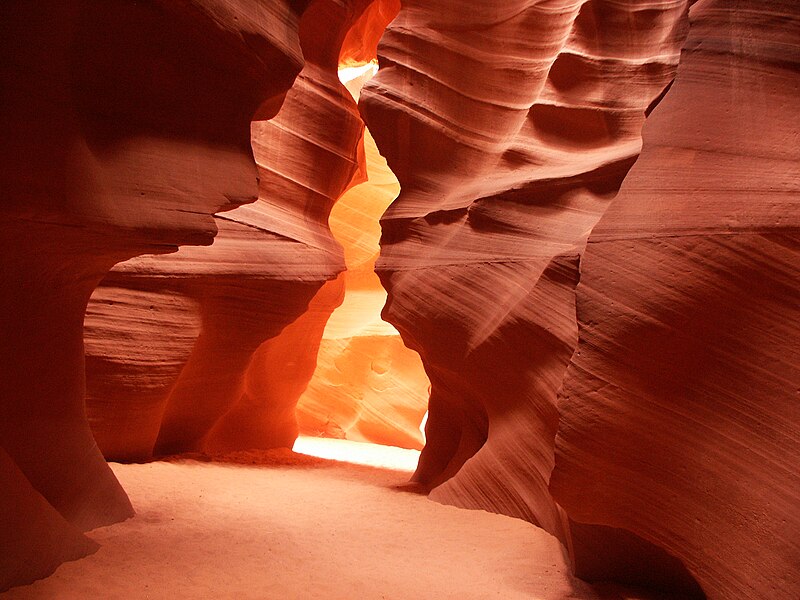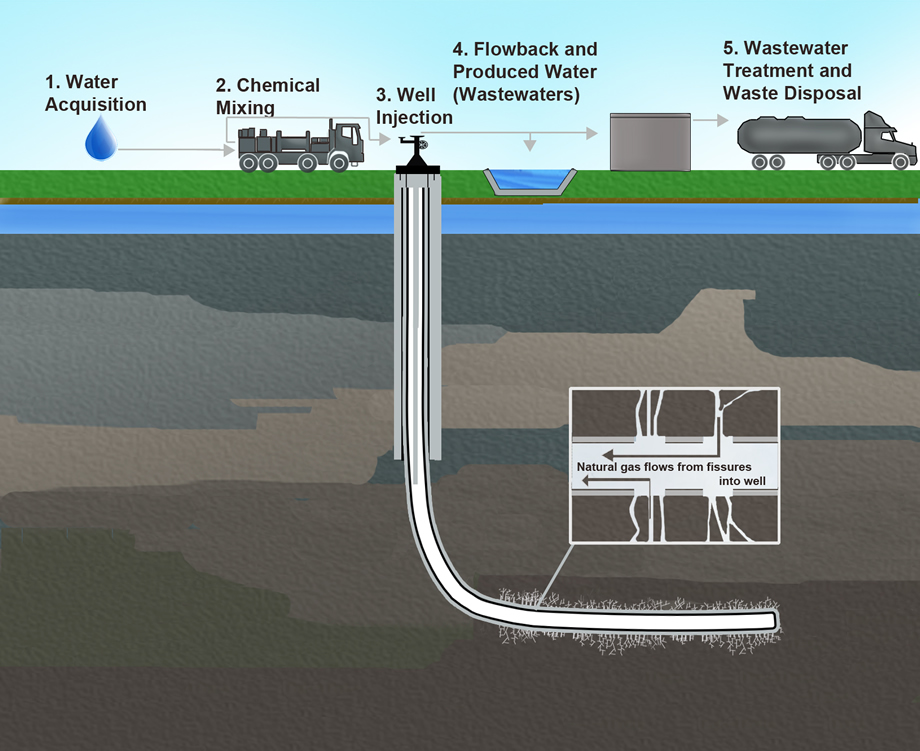Picture of the Day 6/06/14
 |
|
Church of Copacabana, Bolivia http://en.wikipedia.org/wiki/File:Church_of_copacabana.jpg |
Word of the Day 6/06/14
Word: Akustisch
Language: German
Meaning: Acoustic






